 ome recently seen (in the past few weeks) post – Soviet Russian war movies: Admiral (2008), Attack on Leningrad (2009) and Brest Fortress (2010). I can’t say anything rather than: marvelous! Both these three films should be on top of greatest war films, in many aspects: acting, costume and makeup, sound & music… comparable to any other war films ever made in the West. CGI (Computer Generated Imagery) is really good but maybe still a bit after that of Hollywood.
ome recently seen (in the past few weeks) post – Soviet Russian war movies: Admiral (2008), Attack on Leningrad (2009) and Brest Fortress (2010). I can’t say anything rather than: marvelous! Both these three films should be on top of greatest war films, in many aspects: acting, costume and makeup, sound & music… comparable to any other war films ever made in the West. CGI (Computer Generated Imagery) is really good but maybe still a bit after that of Hollywood.
Russian cinema has made excellent advances, less propagandic, less rigid patterns, closer to real people in real life… that the things that made the films worth watching! In my opinion, of the series of three, the later the more interesting ones (though others may have their own different idea and evaluation).
Admiral (2008)
The films recites the life of Aleksandr Kolchak, admiral of the Russian Empire Navy. Kolchak himself was a complex character, living in a complex time: a famed Polar explorer, a valorous naval commander, a passionate lover, and eventually the Supreme Governor of the anti – communist White forces. No longer ruled by a dictatorial doctrine, Russia is now seeking to bring back true images of an extremely harsh period in her history.
The film starts with glorious feats of Kolchak commanding a destroyer in the Navy, his bravery in battles, his love affair with Anna Timiryova… and then the Red October came. Kolchak becomes the Supreme Ruler of the White Russia, who fought against the Bolshevik. Kolchak has far less success as a political leader than as a naval commander, he was finally arrested and executed by the Red. After decades of being vilified by the Soviet government, Kolchak is still now a controversial figure though there’re been rehabilitation movements to restore the place he deserves in Russian history.
Attack on Leningrad (2009)
An English journalist (of Russian origin) was trapped in the besieged city of Leningrad, the war correspondent Kate Davis was assumed dead but find herself among the starving people of the city struggling for their own survival. With the help of a kind and idealistic police women Nina Tsvetnova, they live through the 900 days in that sieged hell where food shortage only permits a ration of 125 gram of bread for each person a day. Encirclement around the city was almost completed, the only supply route through lake Ladoga was called the Road of Life (and also the Road of Death).
Nina Tsvetnova later guides a soldier group attempting to re – establish the supply route across the frozen surface of the lake. As a reward, she is permitted to bring members of her family out of the city. Nina along with the journalist take one child out with them. They succeeded but decide to return to help another child. Both two women died in the terrible city but saved two children out of the 1.5 million civil death toll, half of the city’s population.
Brest Fortress (2010)
Brest fortress was the strong hold which accounts for 5% of total Germany losses in the first phase of their Russia invasion. When German started the war, the Russian was unprepared, under – powered and defeated easily, their army was in all the way to retreat, except for this fortress. Defensed by a small unit, a regiment formation of soldiers along with their families, the fortress stands for almost a month when German has already advanced hundreds of miles into Soviet territory, leaving the point an isolated symbolically heroic fortification.
Yet they fight to the last man without any food, medical and ammunition supply, without any reinforcement. Alexander Akimov, a 15 year old young cadet of the fortress lived through the bloodshed resistance, trying to help other soldiers and his girlfriend Anya. He is the lone survivor to recall the story. The film is indeed beautiful: it concentrates on normal people, their daily lives and activities, their love, hate and humanly feelings… their choices and fates against the brutalities of war!

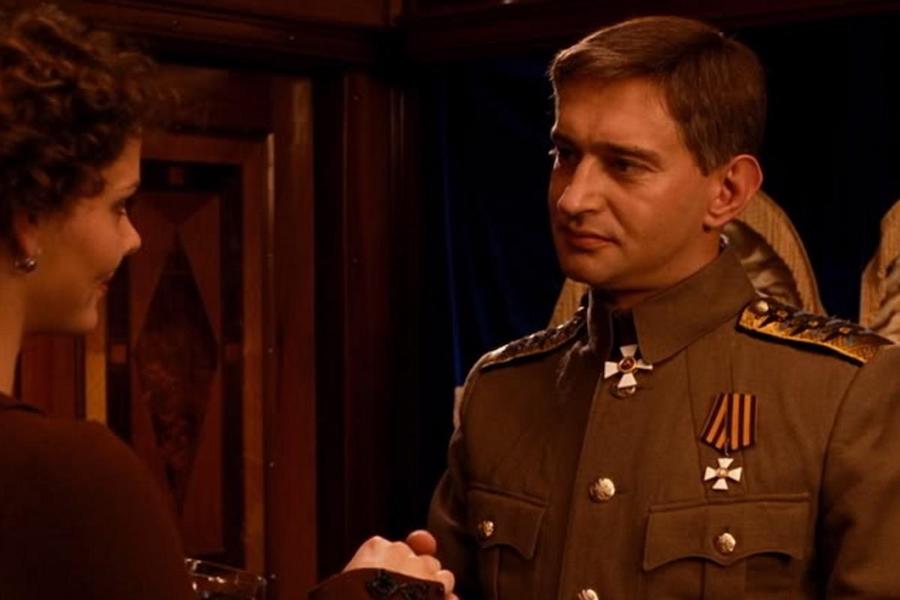

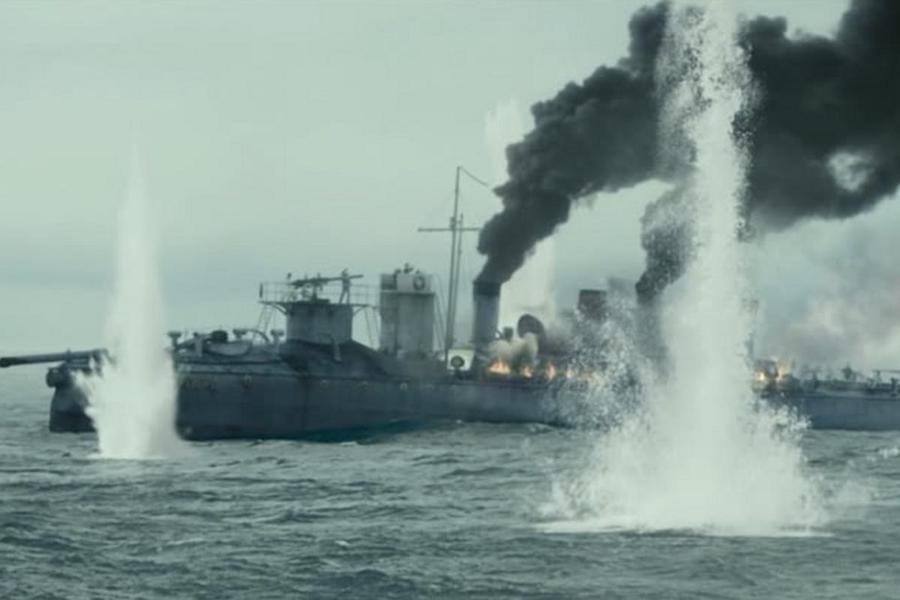
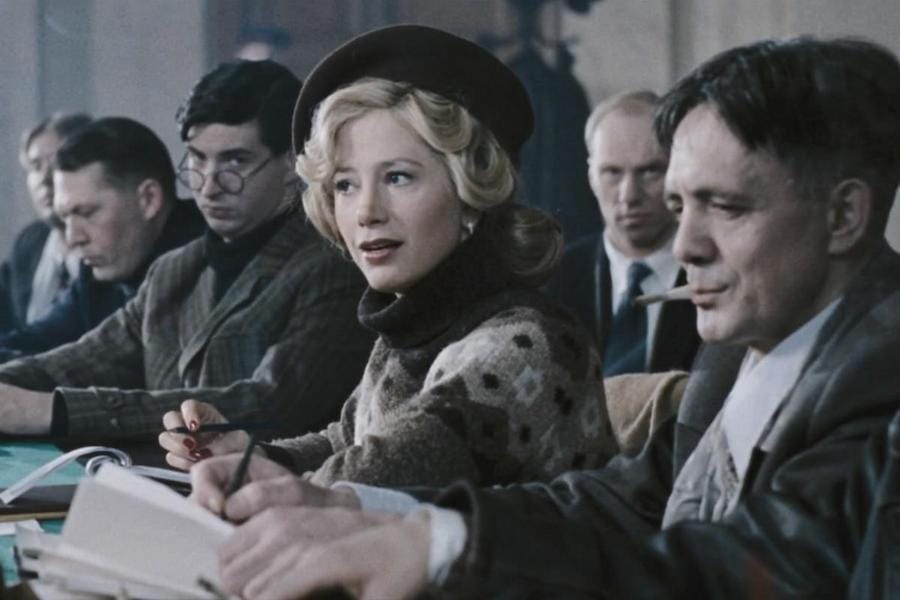
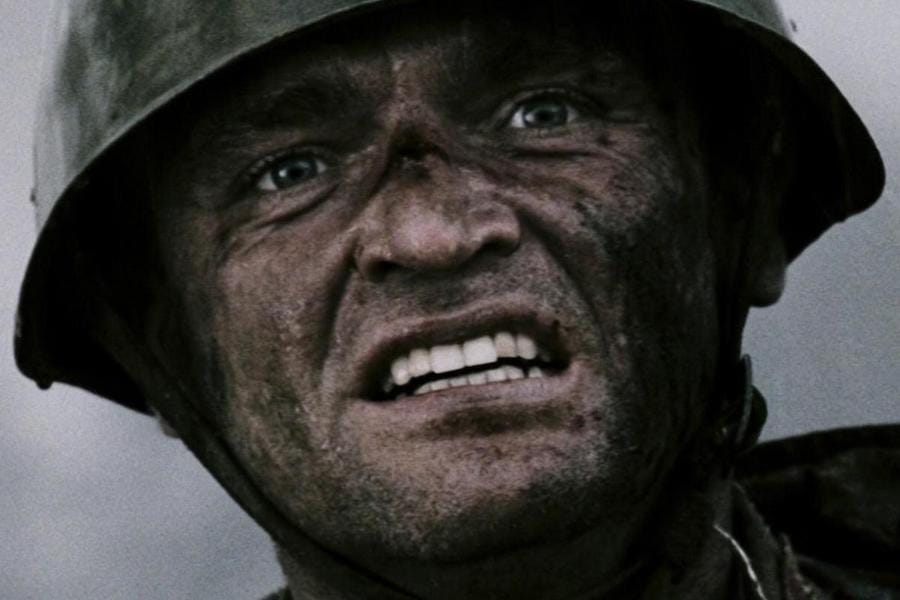
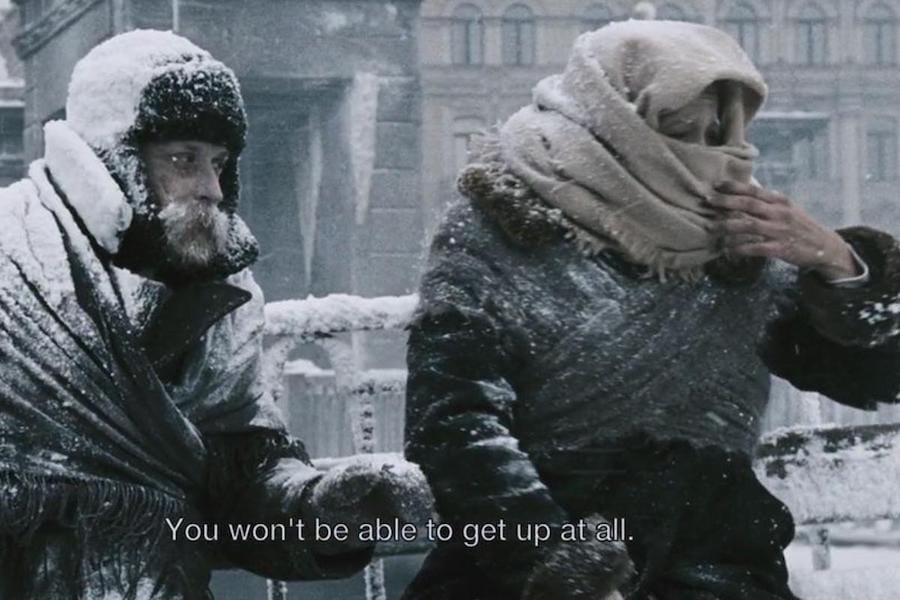
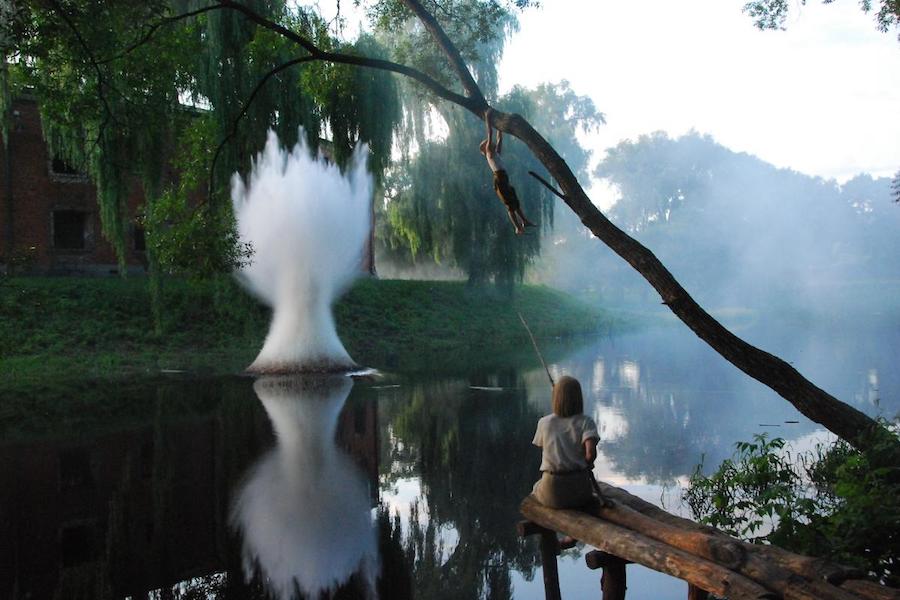
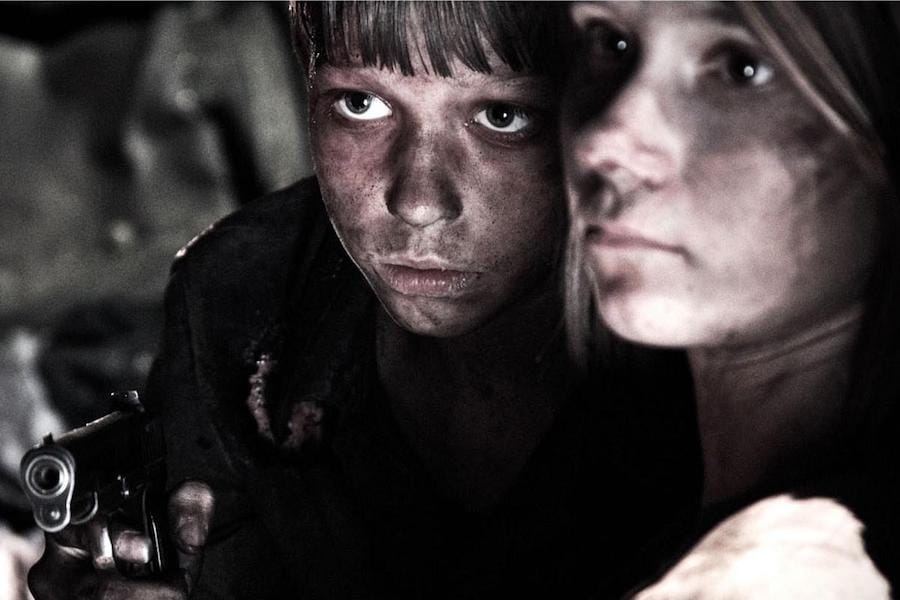
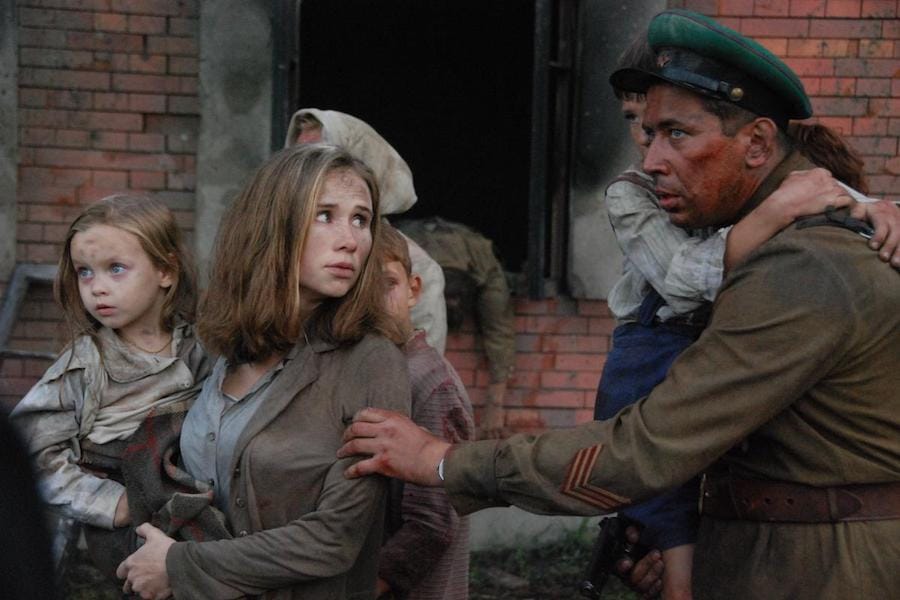
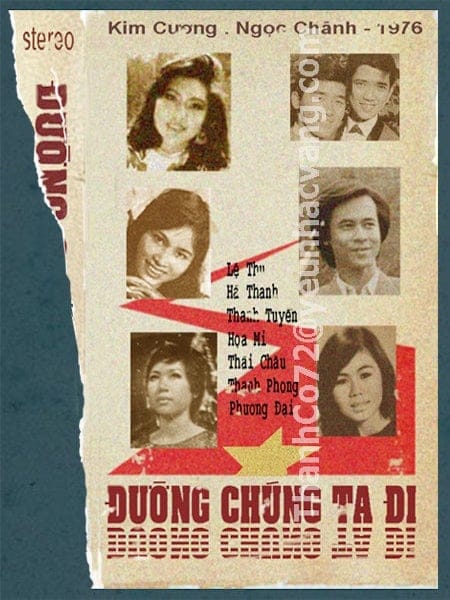

 ột chứng tích của lịch sử, album nhạc đỏ (thu âm năm 1976) với sự trình diễn của các ngôi sao nhạc vàng: Lệ Thu, Họa Mi, Hà Thanh, Thanh Tuyền, Thái Châu… Lệ Thu, Hà Thanh thì hẳn ai cũng đã biết, còn Họa Mi, Thanh Tuyền… là những giọng ca chuyên hát cho phòng Tuyên truyền của quân đội VNCH cũ… Một sự kết hợp lạ lùng nhưng vẫn hay trên một khía cạnh nào đó. Biết rằng điều này là khó nghe với khá nhiều người, nhưng âm nhạc vẫn vượt ra khỏi các biên giới chính trị, dù cho cái biên giới ấy nằm trong… chính phần ca từ các bài hát!
ột chứng tích của lịch sử, album nhạc đỏ (thu âm năm 1976) với sự trình diễn của các ngôi sao nhạc vàng: Lệ Thu, Họa Mi, Hà Thanh, Thanh Tuyền, Thái Châu… Lệ Thu, Hà Thanh thì hẳn ai cũng đã biết, còn Họa Mi, Thanh Tuyền… là những giọng ca chuyên hát cho phòng Tuyên truyền của quân đội VNCH cũ… Một sự kết hợp lạ lùng nhưng vẫn hay trên một khía cạnh nào đó. Biết rằng điều này là khó nghe với khá nhiều người, nhưng âm nhạc vẫn vượt ra khỏi các biên giới chính trị, dù cho cái biên giới ấy nằm trong… chính phần ca từ các bài hát! hân kỷ niệm 60 năm quốc khánh nước CHND Trung Hoa (1/10/1949 ~ 1/10/2009), trích đăng lại ở đây bài thơ của một nhân viên ngoại giao đoàn Việt Nam (đăng trên
hân kỷ niệm 60 năm quốc khánh nước CHND Trung Hoa (1/10/1949 ~ 1/10/2009), trích đăng lại ở đây bài thơ của một nhân viên ngoại giao đoàn Việt Nam (đăng trên 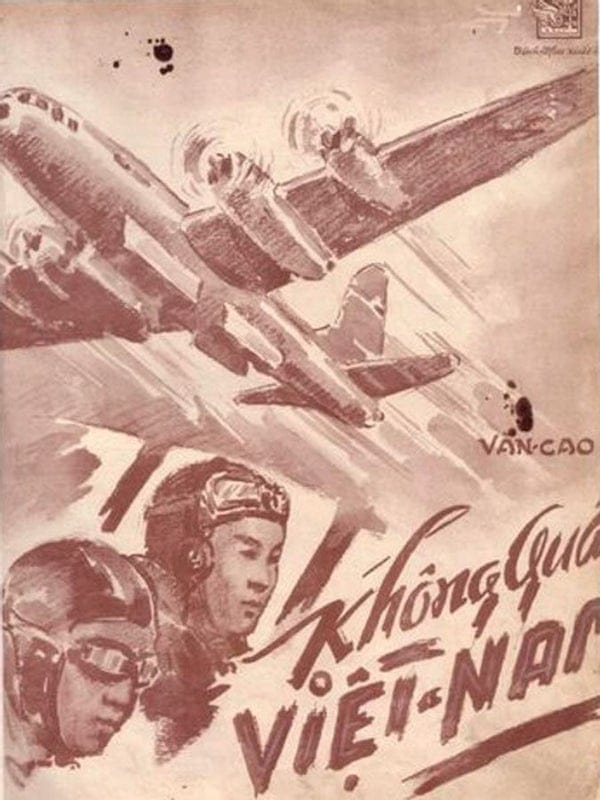
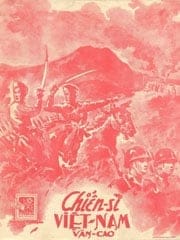
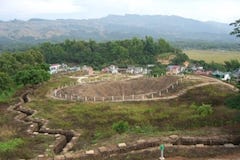

 good news
good news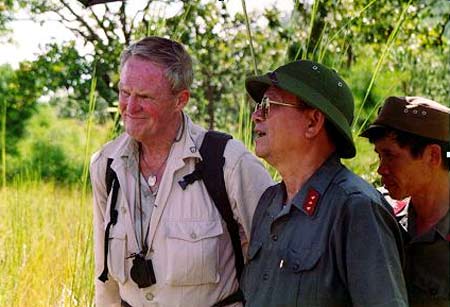

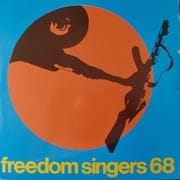
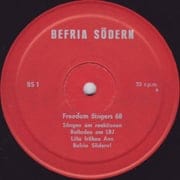
 atching the famous film of
atching the famous film of 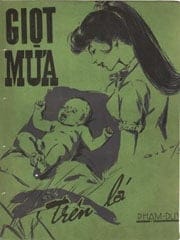
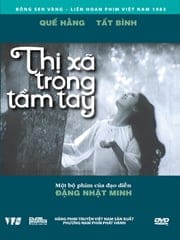
 xactly 30 years ago… things as seen aftermath, when the bloodshed battles have just been over… Film name:
xactly 30 years ago… things as seen aftermath, when the bloodshed battles have just been over… Film name: 

